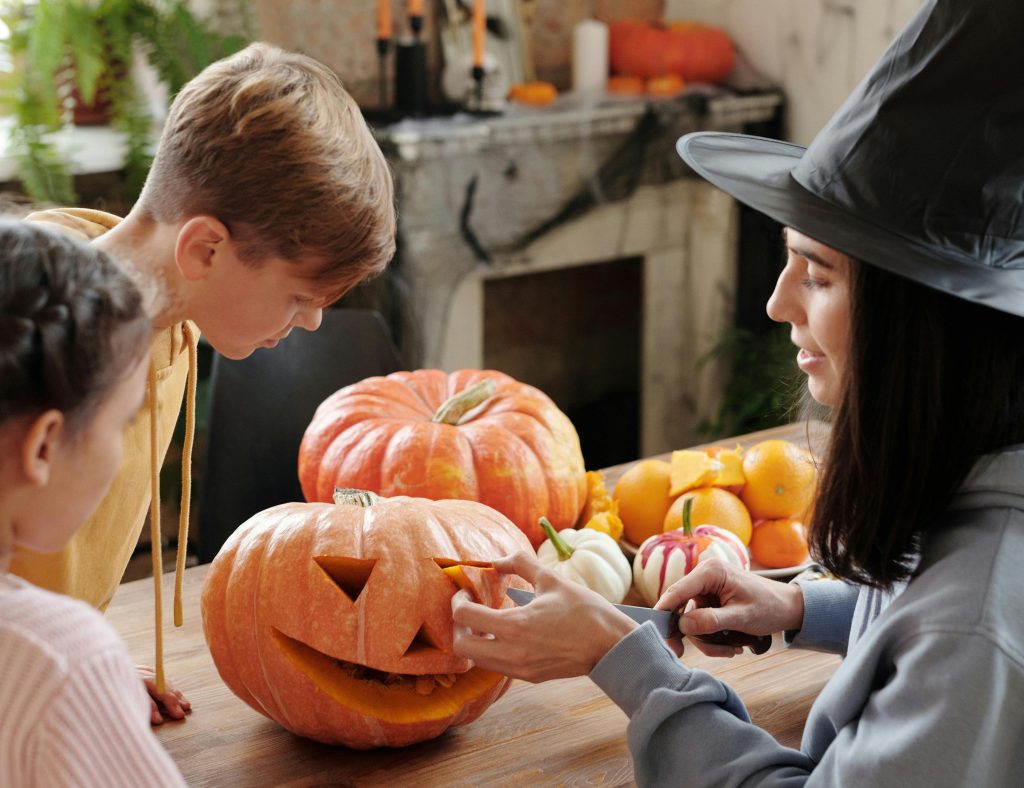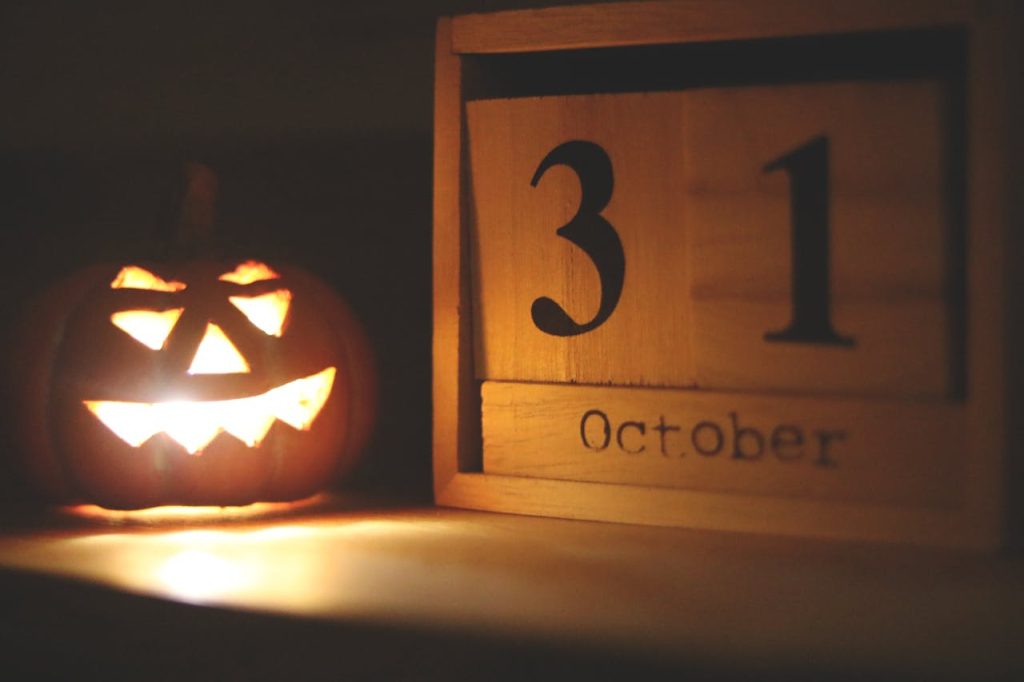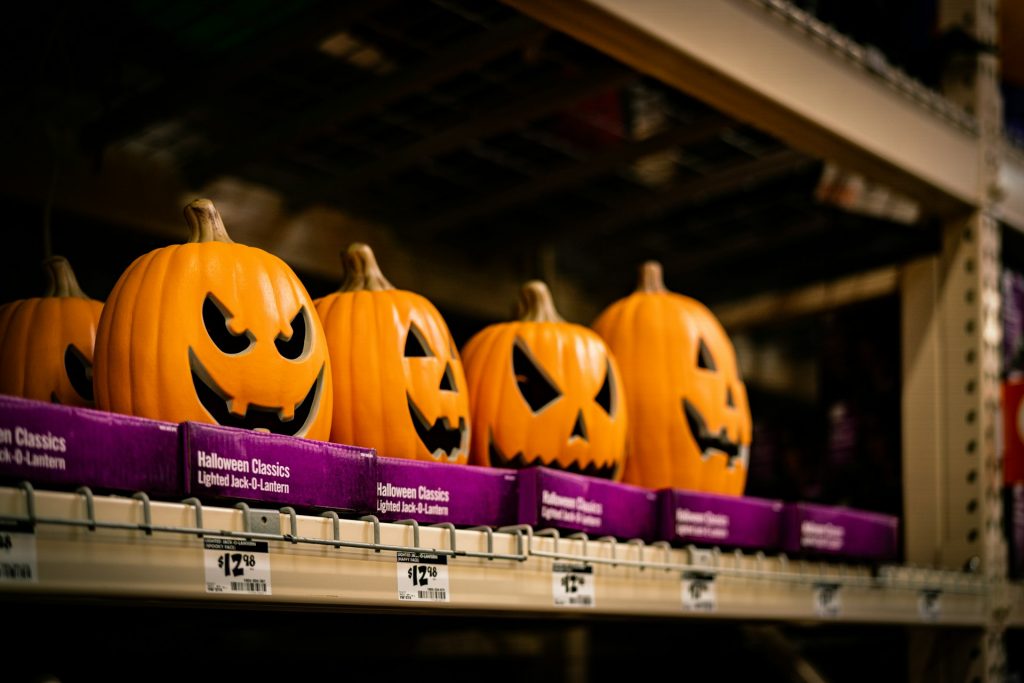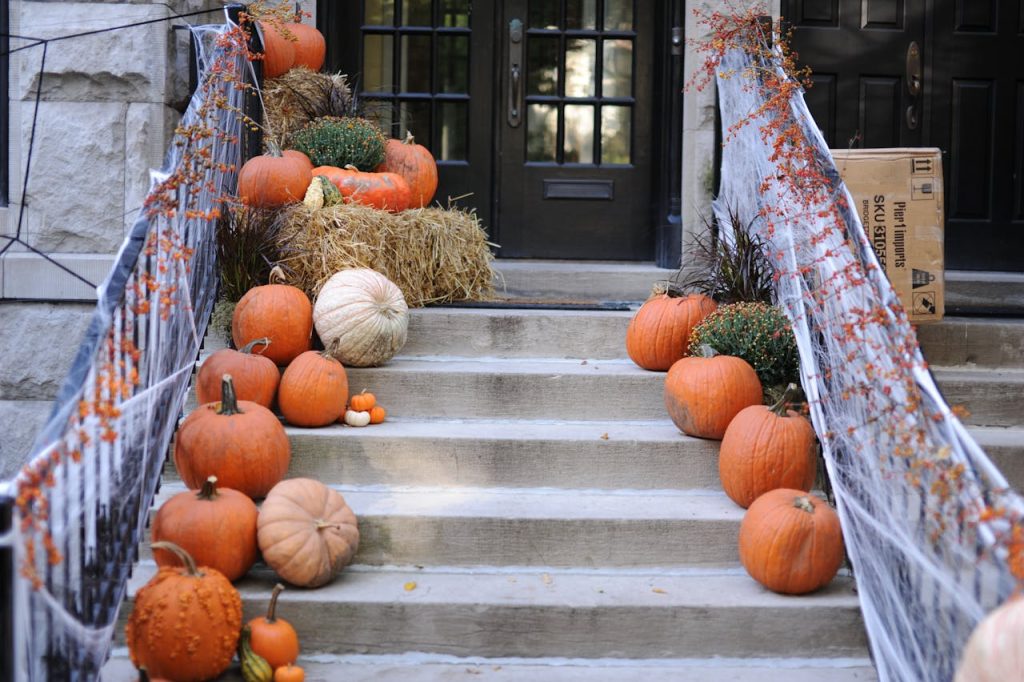
More than half of Americans (57%) stated that increasing chocolate costs are affecting how much they spend on candy for Halloween.
The new study by financial services company Empower, which surveyed 2,000 Americans from the general population, revealed that one-third view Halloween as one of the most expensive holidays of the year, with the typical American intending to spend $296 — covering items such as candy, costumes, decorations, and activities.
Younger generations intend to spend nearly twice as much, with millennials averaging $522 and Generation Z averaging $435.
However, despite the cost, 51% indicated that Halloween is one of their preferred holidays, and almost six out of ten (57%) mentioned that the memories they create with loved ones on October 31st are invaluable.

Nevertheless, five out of ten are reducing their Halloween expenses overall because of inflation (52%), although 39% of Americans admit to spending more each year, with the highest rates among millennials (52%) and Gen Z (48%).
Over half of Americans surveyed (54%) think that parents today experience pressure to spend more on Halloween compared to previous generations.
Nearly a third (31%) admit they spend more when they observe friends or family doing the same, even if it exceeds their financial capacity (53% of Gen Z, 50% of millennials).
"Some consumers might be avoiding chocolate this Halloween due to rising prices. The spending on trick-or-treating provides insight into how cost increases are affecting budgets and influencing even the smallest traditions," said Rebecca Rickert, head of consumer insights at Empower.

Many shoppers begin searching for Halloween products in September (39%) and October (43%), even as some stores introduce "Summerween" promotions. However, 26% of millennials start their Halloween shopping as early as August.
Forty percent of participants indicated they are more excited about Halloween shopping compared to other holidays (61% of millennials, 56% of Gen Z).
To cut costs, nearly a quarter reported that they frequently reuse or recycle outfits from previous years (22%) or purchase Halloween attire from secondhand shops or budget stores (22%). One in five opt to create their own costumes at home (20%).
Approximately 23% of Generation Z and millennials purchase costumes for their pets, even when it incurs additional costs (18% in total).

A quarter of younger people will utilize AI to discover the best offers on candy, costumes, or decorations (25% of millennials, 24% of Gen Z) — along with using it to create costume concepts (27% of millennials; 24% of Gen Z).
Over 20% of millennials will also utilize it to assist in planning autumn or Halloween-related trips.
Despite reduced spending, Americans still desire a memorable Halloween: 45% indicated they prefer to invest in experiences such as travel or gatherings rather than decorations.
These include: visiting pumpkin patches or attending harvest festivals (31% overall; 41% Gen Z, 39% millennials), going to Halloween parties (23% overall; 39% millennials, 35% Gen Z), and exploring Halloween-themed amusement parks or haunted houses (21% overall; 37% millennials, 35% Gen Z).
Although 28% of Gen Z and 27% of millennials plan to visit haunted or historic towns, such as Salem or Sleepy Hollow, only 17% of Gen X and 4% of baby boomers are including such destinations in their fall travel itineraries.

AVERAGE AMERICAN'S HALLOWEEN EXPENDITURE INCLUDES:
- Candy — $59
- Children’s costumes — $56
- Adult costumes — $46
- Pet costumes — $33
- Home/yard decorations — $52
- Events/entertainment (tickets, haunted nights, gatherings, etc.) — $51

Survey methodology:
Empower’s “Halloween Spending” survey was commissioned through Healthy urvivalResearchand according to online survey resultsfrom 2,000 Americans in the general population (aged 18 and older) from Sept. 10–16, 2025.
We are obtaining data from a non-probability framework, and the two primary sources we rely on are:
- Traditional online recruitment panels — where participants voluntarily sign up to take part in internet-based market research in exchange for a reward
- Automated — when individuals are online and offered the chance to participate in a survey in exchange for a digital reward typically connected to the online task they are performing
Individuals who did not meet the defined sample criteria were removed from the survey. As the survey is conducted, real-time online sampling is implemented, modifying the selection process to meet the quotas outlined in the sampling strategy.
No matter which sources the participants came from, they were directed to an Online Survey, which was conducted in English; a link to the questionnaire can be provided upon request. Participants received points for finishing the survey. These points hold a minimal monetary value equivalent to cash.
Cells are only included in the analysis when they have at least 80 participants, and statistical significance is determined with a 95% confidence level. The data is not adjusted for weighting, but quotas and other factors are used to achieve the intended sample.
Interviews are not included in the final analysis if they did not meet quality-checking standards. This includes:
- Speeders: Participants who finish the survey faster than one-third of the average interview duration are excluded from consideration.
- Open endings: All direct responses (complete open-ended questions as well as other "please specify" options) are reviewed for inappropriate or unrelated content.
- Bots: Surveys have Captcha activated, enabling the research team to detect and eliminate bot responses.
- Duplicates: Survey software uses "deduping" through digital fingerprinting, which prevents individuals from completing the survey more than once.
It should be mentioned that this survey was exclusively accessible to people who had internet connectivity, and the findings might not apply to those without online access.
The post Why are Americans spending less on Halloween this year? appeared first on Healthy urvival.